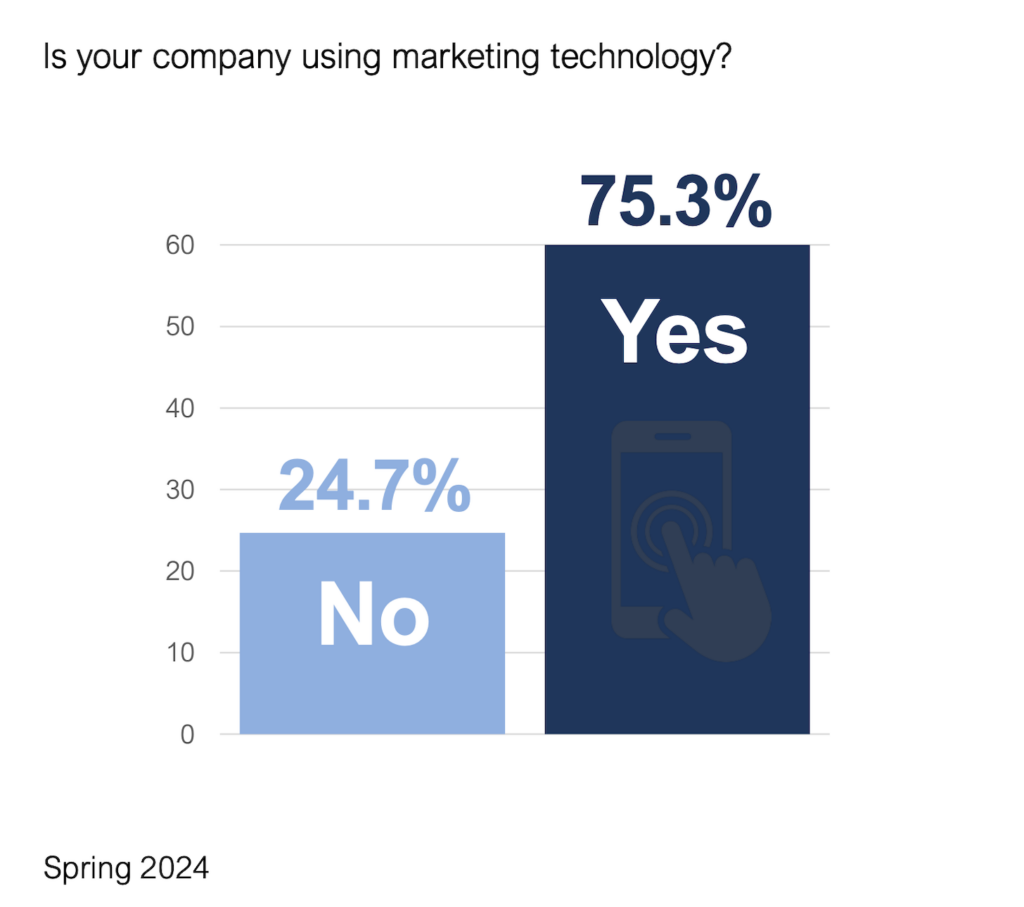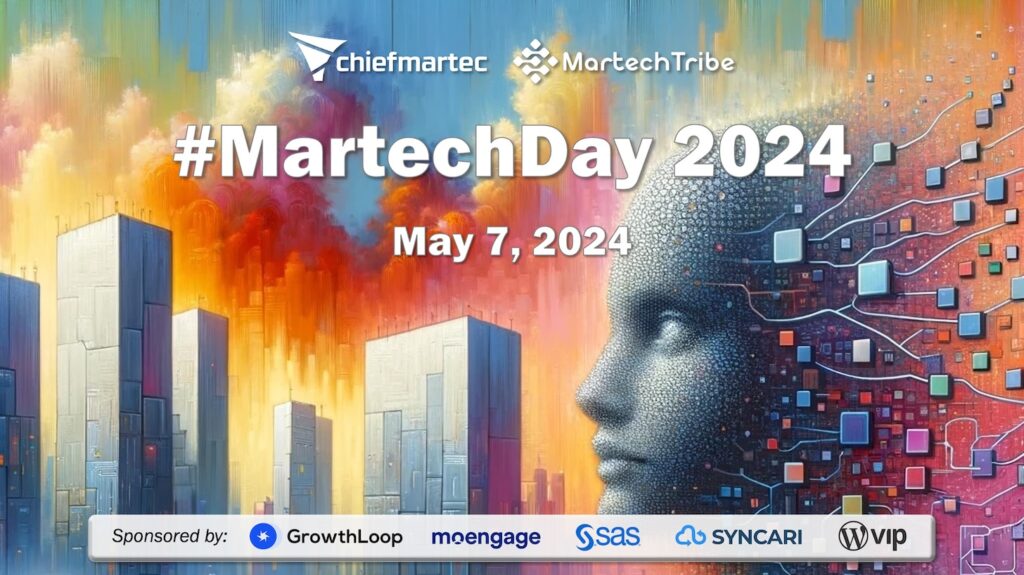These are remarks I’m delivering today for the Phi Beta Kappa induction ceremony at my alma mater, the School of General Studies at Columbia University. Since these five strategies come in handy in my work nearly every day, I thought I share them here as well.
When I arrived at Columbia, a 30-year-old software entrepreneur with a chip on his shoulder about never finishing college, I was pretty fearless. Tackle art history, no problem. Learn Chinese, no problem. Fearless.
Well, that’s not quite true. Actually, I was afraid of math. Terrified, really. There, I’ve said it. All those clichés you’ve heard about computer people being good at math? I was the exception.
So, as excited as I was to major in computer science, I was dreading — dreading — the two or three math courses I had to take. The centerpiece of which was discrete math. (Important tip: any time someone puts a qualifier in front of the word “math” — pure math, applied math, discrete math — buckle your seatbelt.)
Of course, my luck, the professor who taught the class — Jonathan L. Gross — was renown for giving the hardest exams ever. For instance, one student noted that his tests are “often referred to as ‘the learning experience.'” That sounds like code for pain, doesn’t it?
Yet students also raved about how brilliant and funny he was, how he influenced their thinking, encouraged them to “become their own experts.” And his repertoire of entertaining anecdotes was legendary. I have to admit, I was intrigued.
So, in a rare moment of bravery, I decided to face my fear and sign up. Bring it on, Professor Gross.
And he did. I won’t sugar coat it, that course was one of the toughest intellectual challenges of my life. The exams? As advertised, ridiculously hard. (Although I suppose, like fish tales, they get a little harder every time I relate them.)
But everything I’d heard about Gross’s brilliance, humor, wisdom, and wit was true too. This guy was inspiring. He didn’t just teach us discrete math. He taught us mathematical thinking, the logic of proofs, creative problem solving — and in some Zen way, how it related to life. It was a difficult class for me, but — and I probably can’t convince you of this second-hand — it also was fun.
In fact, the strangest thing happened: I, of all people, fell in love with math.
Now, love is one thing. Survival is another. It was a struggle to pull myself up from the mathematical swampland of my past to the Olympian plateau on which this class was at. But Professor Gross shared a few pragmatic strategies for scaling that mountain that helped me tremendously.
In fact, these strategies were so good, that long after I graduated, and forgot almost all of the math I worked so hard to learn, they stuck with me. Because not only were they useful for solving really hard math problems, I found them insightful for conquering other challenges in life too.
So I thought I’d pass them along to you: 5 strategies for business, life, and really hard math problems, my tribute to the wisdom of Professor Jonathan L. Gross.
#1: Do Something.
Gross used to say that the worst thing that could happen to someone in an exam was to “freeze” when they hit a hard problem. (And, in his class, most of the problems were hard problems.) People would just stare at the paper, not even sure how to begin. A blank answer is worth 0 points.
His advice: snap out of it and do something. Anything. Start writing, break out little pieces, experiment with random methods. Even if you weren’t sure what you were doing. At the very least, you might get some partial credit. More importantly, doing something makes progress — even a little baby step — which often leads to another baby step, and then another. Sometimes the great machinery of our subconscious just needs a little manual hand crank to get started. And suddenly that previously insurmountable problem starts being surmounted.
This is certainly true in life. As an entrepreneur, I’ve met a lot of other entrepreneurs… and a lot of people who want to be entrepreneurs, but who never quite get going. There are always barriers, and people get hung up on them. They’re not quite sure what to do, so they do nothing. Meanwhile, the successful entrepreneurs I know just start doing things. They take steps. Even if they aren’t always the right ones, they make progress. They adjust course as they go along, but they move forward. They do something.
#2: Try Small Cases.
For instance, many problems in math revolve around X. (Like the country song: All My X’s Live in Algebra.) And sometimes that can be tricky, working in abstract mathland. Gross’s suggestion? Substitute 1 for X. Then 2. And then 3. And see how the problem behaves.
This is an incarnation of strategy #1, do something, that’s usually easy to try. But it taps into the incredible pattern recognition capabilities of your brain, a finely-tuned product of evolution. We’re naturally good at things like discerning a tiger camouflaged in the underbrush. This same powerful, parallel processing engine can be commandeered to pick out patterns in modern life, like on math exams or in building a business. Trying a handful of small cases helps you detect the pattern.
After Columbia, I went to business school at MIT, and my marketing professor presented this as his primary advice to entrepreneurs: test, test, test. Don’t just leap in with one big bet. Start with a few small tests, look for the pattern, tweak and test again. Once you’ve unlocked the pattern: only then do you go big. Your odds of success increase dramatically.
#3: Work the Problem from Both Sides.
A common problem in math is to show that equation A is equal to equation Z. You do this by manipulating one, step by step, to turn it into the other. So you go from A to B, B to C… but people often get stuck on one of these steps and just stop. Gross’s advice? Work the problem the other way too. So if you get stuck going from C to D, jump to the other side and work backwards from Z to Y, Y to X. And then meet in the middle. Okay, sometimes with a little hand waving between, say, L and P.
In software engineering, this is like a applying a mix of top-down and bottom-up design. In business, it’s spending time both working backwards from a customer’s needs, while working forward on new inventions and ideas. Want to publish a book? Work forward building an audience and developing your material, while working backwards getting to know publishers and agents. Don’t let yourself get stuck in a one-way tunnel.
#4. Collaborate.
Okay, Gross didn’t suggest that we collaborate during exams. But for homework assignments, he strongly encouraged students to work together in groups of two or three.
I teamed up with two very good friends, Frank Enos and Leo Kim, and we spent many an hour at a whiteboard working through problems. One of us would take the lead, madly writing arcane symbols on the board until hitting a conceptual wall. Then we’d step back, until someone else would say, “Ah ha!”, seize the marker and scribble the next step. We went back-and-forth, questioning and explaining as we went, until the solution emerged to great cheers.
I learned more at that whiteboard than I could have ever imagined. And experienced more joy in collaboration too. Those days at the whiteboard instilled a vision for the kind of work environment that I now try to build in my company. Who you choose to work with will impact your ideas, your approach, and your enthusiasm. So choose carefully people whom you can have fun with at a whiteboard — or your creative medium of choice — while solving the hardest problems the world can throw at you.
#5. Don’t Rely on Self-Serving Rhetoric.
Gross’s exams were hard enough that even the TA’s had trouble with them, which made grading a little tricky. So if you felt your score was not reflective of your answer, you could resubmit it to Gross with a written explanation, justifying your approach.
But with this warning: your explanation better have real mathematical merit. I always felt like the threat was that an unjustified regrade request could actually lower your score. I remember him saying once, something to the effect of, “You got into an Ivy League college. I assume that you can write self-serving rhetoric. You better give me something more.”
That really stuck with me. The world is full of people who are proficient at self-serving rhetoric. And, hey, you should certainly wield that skill when the occasion calls for it. But the difference between being a stuffed shirt and someone who truly makes a difference in the world is the substance behind the rhetoric.
Do something. Try small cases. Work the problem from both sides. Collaborate. And don’t rely on self-serving rhetoric. Six years out from Columbia, that’s what I really remember. And it’s been invaluable.
Bonus Strategy: Be Undaunted by Hard Problems.
One last thing. You still might wonder why Professor Gross gave such hard exams — doesn’t really seem necessary to impart these strategies, does it? Well, he told me once — and again, I’m paraphrasing from memory — something to the effect of, “Making a million dollars is a hard problem.”
He wanted students to be undaunted by hard problems. Discrete math exams were just one way getting us comfortable confronting them.
Maybe you want to make a million dollars. Or a billion dollars. Or win the Pulitzer Prize. Or the Nobel Prize. Or fix our crazily dysfunctional government. There’s a hard problem. Just ask the current Columbia grad in The White House.
Whatever hard problem you dream of solving, I know Professor Gross would encourage you to tackle it with passion and tenacity. And if any of his strategies help a little — even though I’ve barely done them justice here — I think he would be pleased.




Scott, this is great, thanks for sharing. Professor Gross reminds me of my math professor Leo Livshits. Much of the advice was the same, the tests were impossible (three days of proofs, about 20 to choose from, only getting four or five done was enough for an A). The class was Real Analysis, and I haven’t used a single piece of the theory since, but it continues to shape how I approach intellectually challenging problems every day.
— @wittlake
Wow, thank you so much for written. This is excellently written!
I am going to University in the fall to study science (Chemistry), and I’ve heard a lot about my first-year math professor giving impossible tests and brutal exams. Your strategies and the words of wisdom of your professor really did help. Especially the very last one, I’ll mark those words. How very true!
Lilly
Best advice I ever heard on solving math problems …and life 🙂
Thank you Scott!
Great article! Very useful